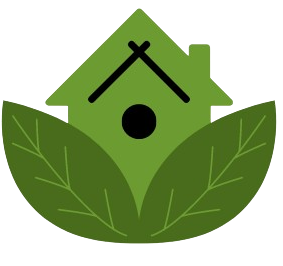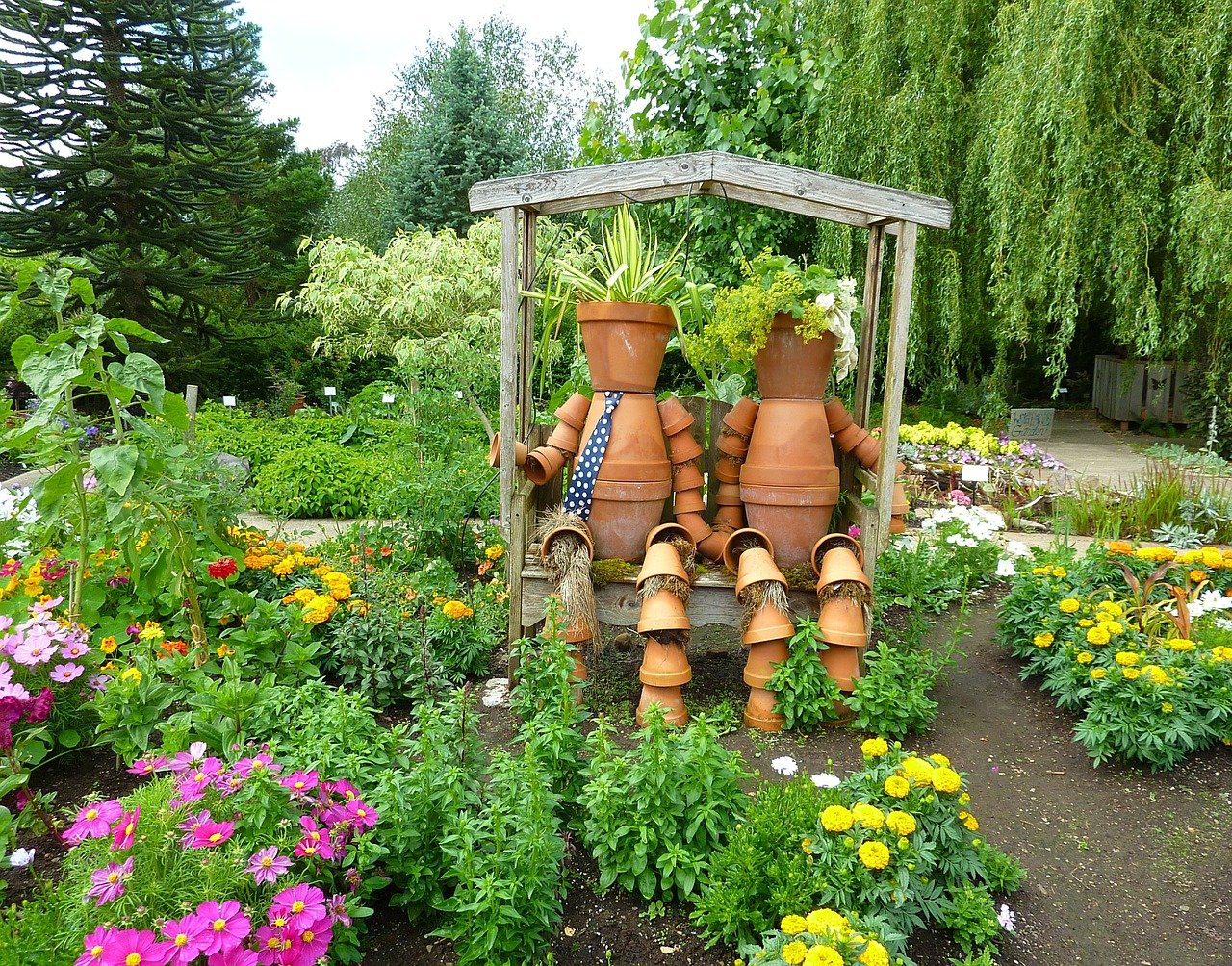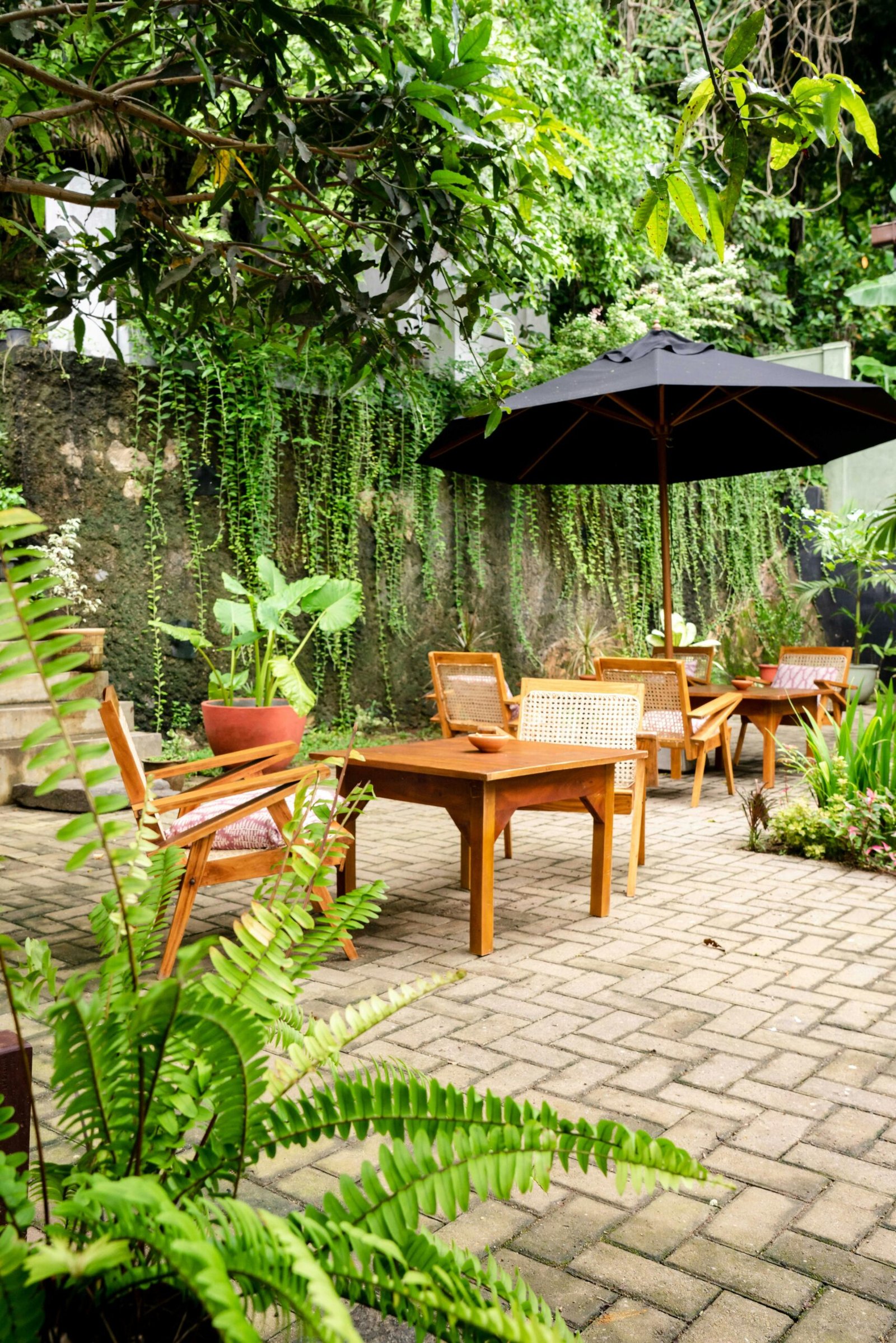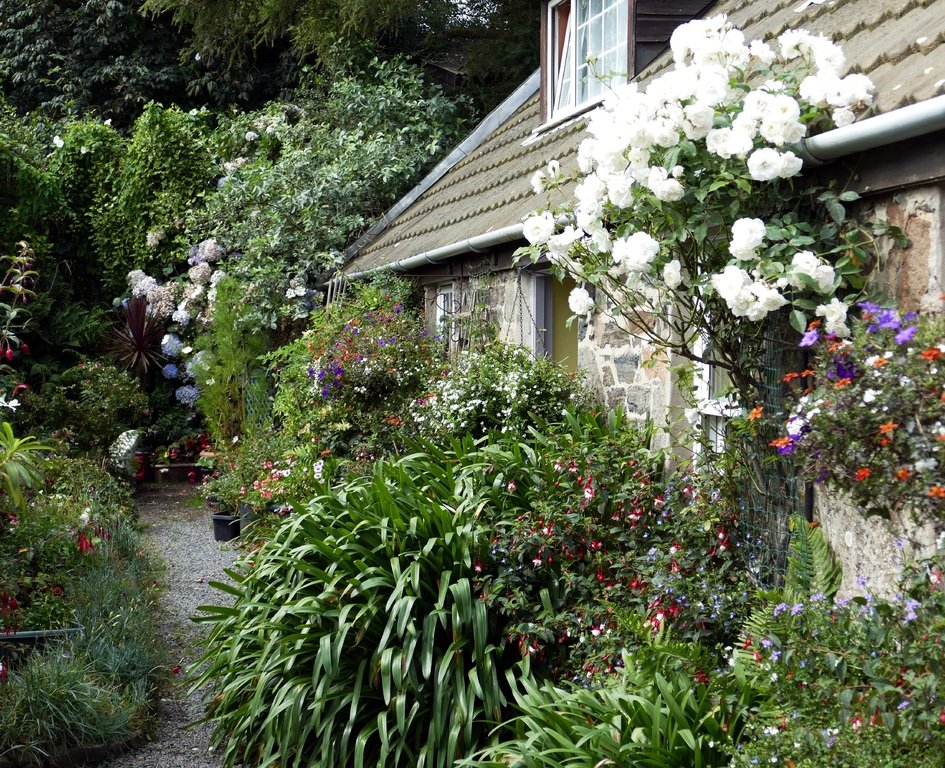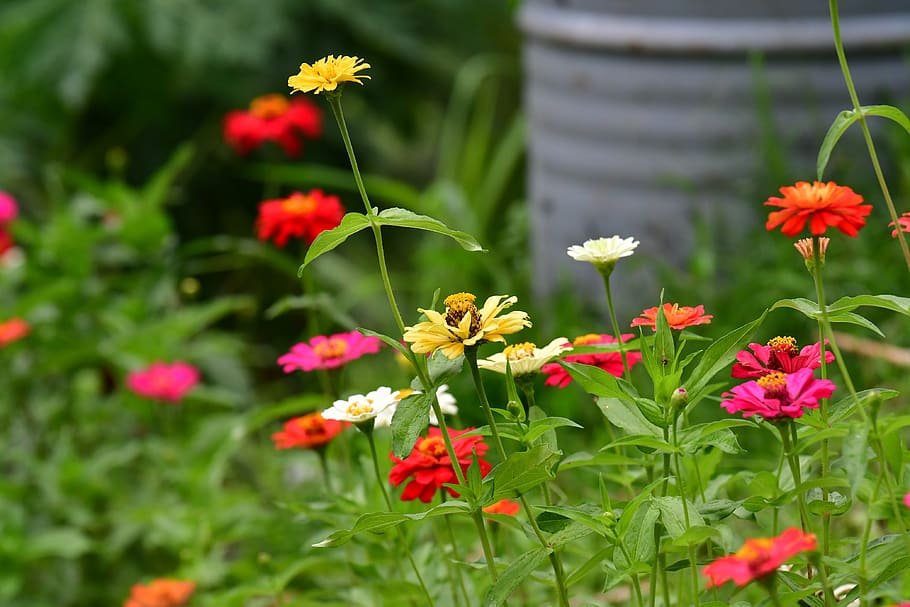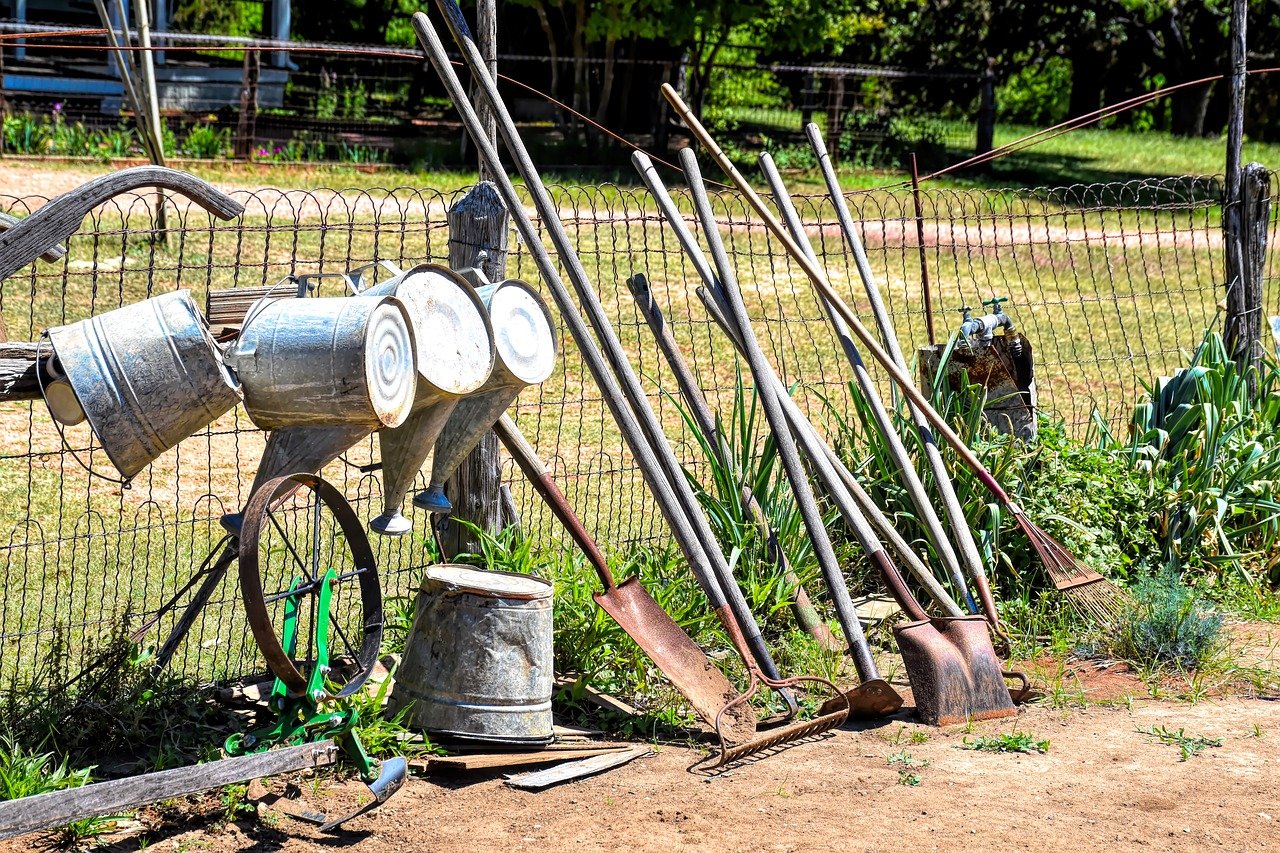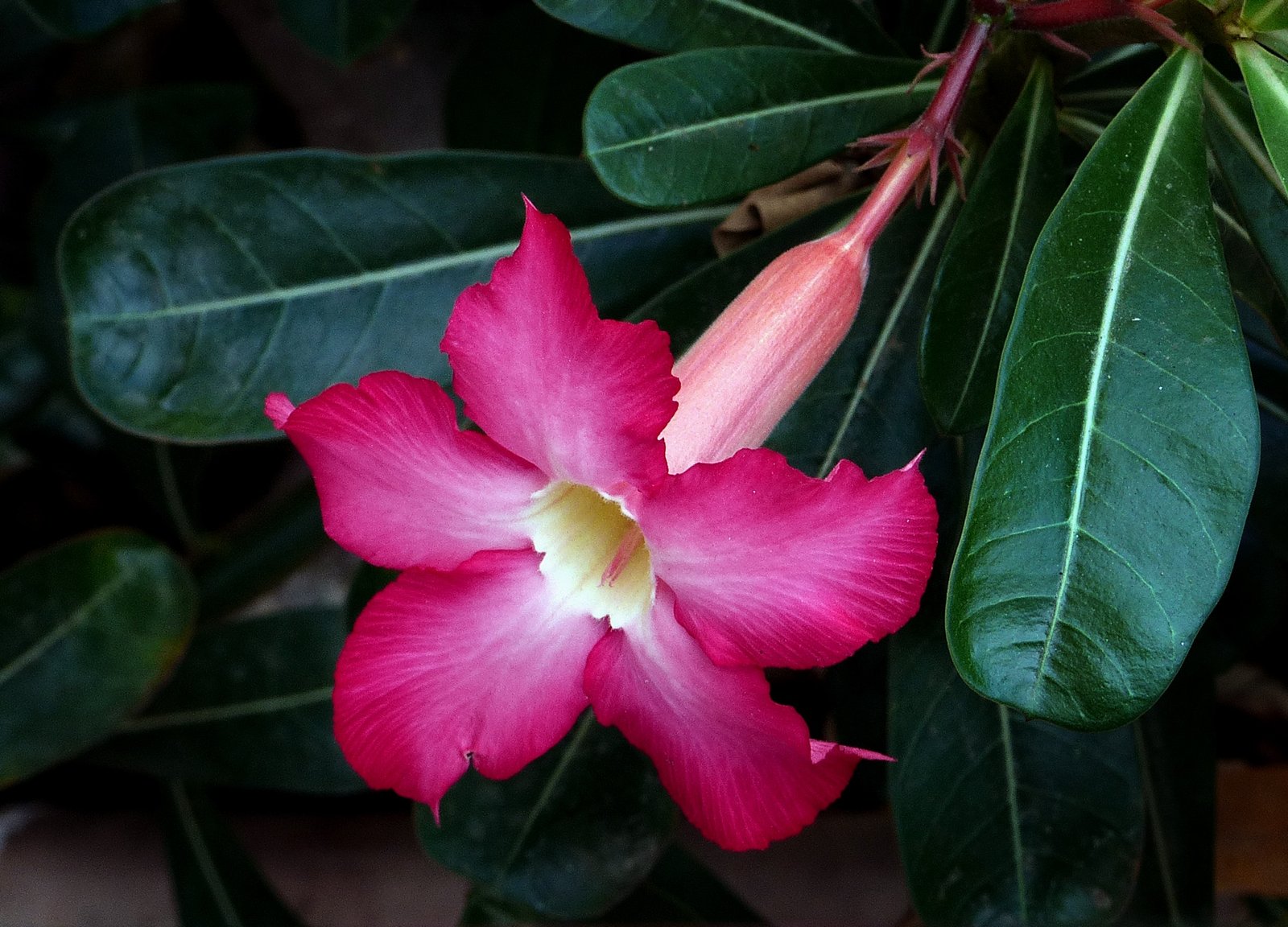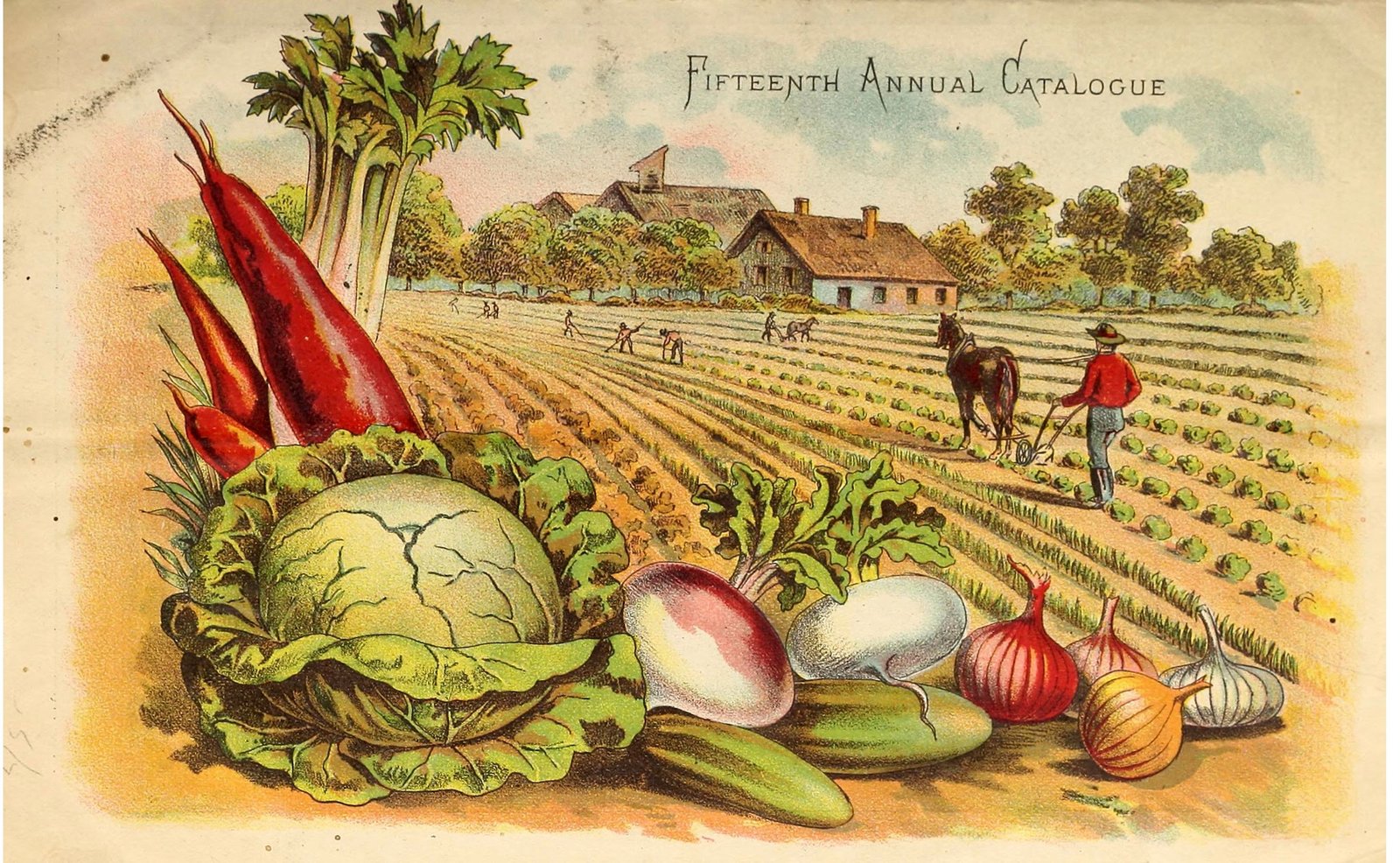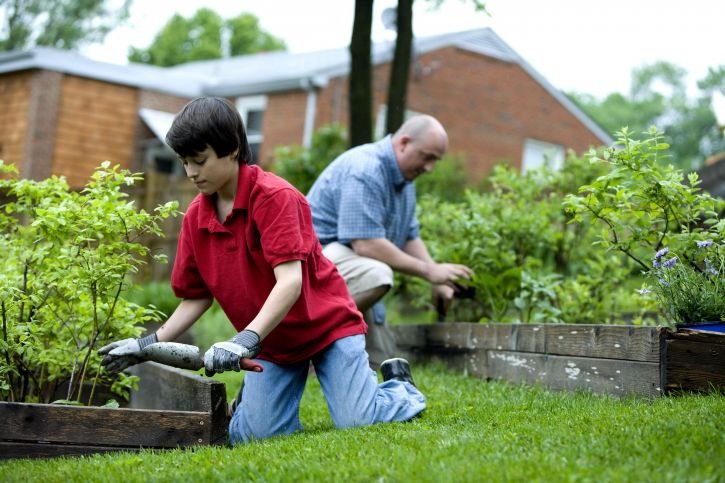As gardeners, we treasure our seeds like precious gems. Each seed packet holds the promise of vibrant blooms, lush vegetables, and the joys of nurturing new life. However, over time, many of us find ourselves with a collection of old seed packets that have lost their luster. But before you toss them aside, consider this: you can breathe new life into those aging seed packets and give them a chance to flourish once again.
Table of Contents
How do you rejuvenate old seeds?
Rejuvenating old seeds requires a bit of care and attention. First, assess their viability by conducting a germination test. Place a few seeds on a damp paper towel, enclose it in a plastic bag, and keep it in a warm spot. Check for germination after a week or so. If the germination rate is low, consider scarification or stratification, which involves nicking or chilling the seeds to break dormancy. Then, follow proper sowing and care techniques, ensuring the suitable soil, light, and temperature conditions. With patience and nurturing, even old seeds can spring to life.
How long are packets of seeds ideal for?
The longevity of seed packets varies depending on factors like storage conditions and seed type. Generally, most seeds remain viable for one to five years when stored in cool, dry, and dark conditions. Some seeds, like beans and peas, can last longer, while others, such as onions or leeks, have shorter viability. Heirloom and rare seeds may have longer shelf lives if stored properly. It’s advisable to use or test older seeds within their suggested storage timeframe for the best results.
In this comprehensive guide, we will explore the best ways to rejuvenate old seed packets, ensuring that your garden thrives with the beauty and bounty you’ve always dreamed of. From testing seed viability to proper storage techniques, we’ll delve into the art of reviving seeds and share invaluable tips to make the most of your gardening journey.
Understanding Seed Viability
Unlocking the potential of old seeds begins with understanding their viability:
The Lifespan of Seeds
Every seed has a natural lifespan. Some remain viable for just a year or two, while others can last decades when stored correctly. Knowing the typical lifespan of the seeds you have helps in managing expectations.
Factors Affecting Viability
Viability is influenced by several factors, including moisture, temperature, and exposure to light. Seeds stored in a cool, dry, and dark environment generally retain their viability for longer.
Performing a Seed Viability Test
Conducting a seed viability test is a simple yet crucial step. It involves germinating a sample of seeds to gauge their potential for growth. This test guides decisions on whether and how to rejuvenate aging seeds, ensuring your gardening efforts bear fruit.
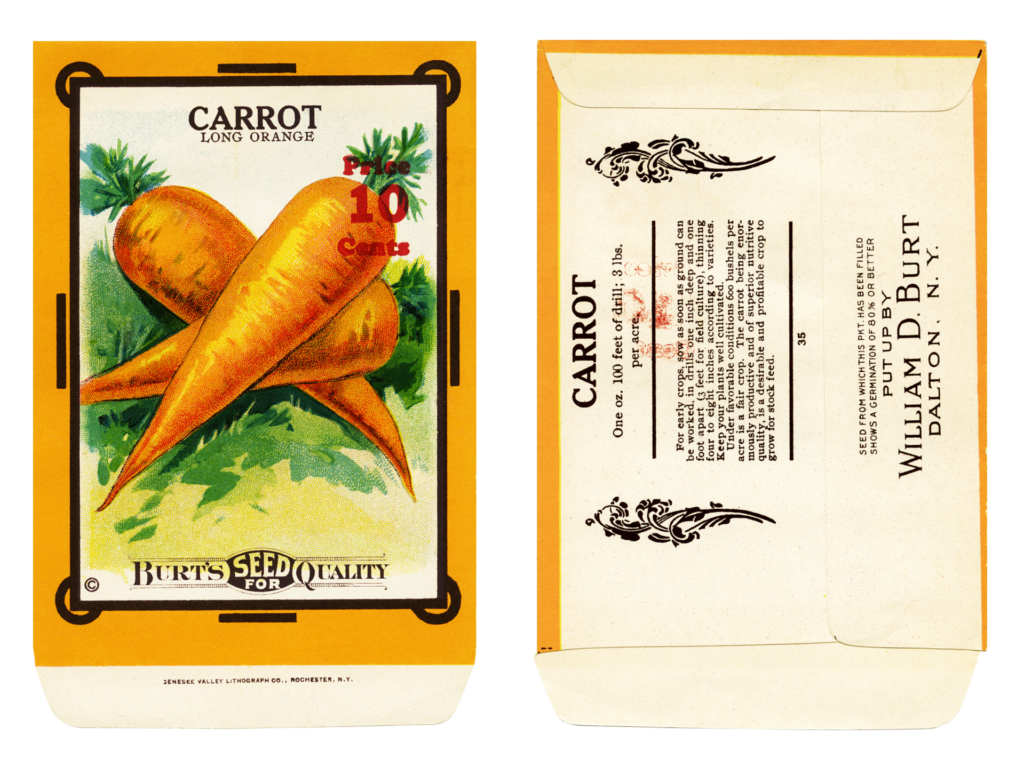
Reviving Old Seeds: Step by Step
Reviving old seeds is a fascinating process that involves several crucial steps:
Preparing for Germination
Begin by carefully assessing your seeds’ viability through a germination test. This test will help you determine which seeds are still viable and worth your effort. It involves placing a few seeds on a damp paper towel, enclosing them in a plastic bag, and keeping them in a warm spot. After about a week, check for germination.
Seed Scarification and Stratification
Some seeds have hard coatings that inhibit germination. Scarification involves nicking or gently sanding the seed coat to break this dormancy. Stratification, on the other hand, mimics natural winter conditions by chilling seeds. These techniques can be essential for certain species.
Proper Sowing Techniques
Planting your seeds correctly is vital for their successful growth. Follow the guidelines on the seed packet for planting depth and spacing. Ensure the soil is well-prepared, and water appropriately to maintain moisture levels conducive to germination.
Caring for Germinating Seedlings
Once your seeds sprout, provide them with the right conditions for healthy growth. Adequate light, proper watering, and suitable temperature levels are crucial. As your seedlings develop, thin them to ensure proper spacing and avoid overcrowding.
The Role of Proper Storage
Proper storage of seeds is the guardian of their vitality. It ensures that your precious seeds remain viable and ready to sprout when the time comes. Let’s delve into this essential aspect:
Ideal Storage Conditions
Seeds thrive in cool, dark, and dry environments. An airtight container, such as a glass jar or a resealable plastic bag, shields them from moisture and pests. Storing your seeds in a consistently cool location, like a refrigerator or freezer, can prolong their lifespan.
Seed Containers and Labels
Choose containers that seal tightly to maintain optimal humidity levels. Label each container with essential information, including the seed type, date of collection, and any specific instructions.
Saving and Sorting Your Seeds
Regularly assess and sort your seed collection. Remove any damaged or expired seeds to prevent them from affecting the viability of others. Organize your seeds by type or planting season to streamline your gardening endeavors.
Special Considerations for Different Seeds
When reviving old seed packets, it’s vital to recognize that not all seeds are created equal. Here are special considerations for various types of seeds:
Flower Seeds and Vegetable Seeds
These seeds often have moderate longevity, but some may require specific treatments like scarification or stratification to awaken their dormant potential. Research each variety’s needs to ensure successful germination.
Herbs and Perennials
Herbs and perennial plants may have longer shelf lives, but they can be more particular about their germination conditions. Properly storing and testing these seeds is essential for garden success.
Rare and Heirloom Varieties
Treasured for their uniqueness, these seeds demand extra care. Revive them with utmost attention, as they may hold the legacy of generations past, making your garden a living heirloom.
Tips for Successful Seed Saving
Seed saving is a time-honored practice that allows gardeners to preserve and share their favorite plant varieties. To master this art, consider the following key tips:
Isolation Techniques
Prevent cross-pollination by separating different plant varieties. Use physical barriers, like mesh bags or isolation distances, to maintain seed purity.
Harvesting and Drying Seeds
Harvest seeds when they’re mature but not overly ripe. Properly dry them to prevent mold and ensure longevity. Air-drying and using paper bags are common methods.
Cleaning and Storing Seeds Properly
Thoroughly clean seeds to remove debris. Store them in a cool, dry, and dark place in labeled, airtight containers. Consider adding desiccant packets to control moisture.
Testing Germination Rates
Testing germination rates is a crucial step in assessing the viability of old seed packets, ensuring you invest your time and effort wisely. Here’s an insight into this vital process:
Germination Testing Methods
There are various methods to test germination, but the paper towel method is a popular choice. Place a few seeds on a damp paper towel, seal it in a plastic bag, and keep it in a warm spot. After a specified time, count the germinated seeds to determine the percentage of viable ones.
Interpreting Test Results
Understanding the test results is essential. A high germination rate indicates healthy seeds, while a lower rate may necessitate extra care or sowing more seeds for desired outcomes.
When to Let Go
If the germination rate is extremely low, it’s time to consider replacement. However, some seeds may need more time or special treatment, so patience is key. Balancing hope and practicality is part of the art of gardening.
Seed-Starting Wisdom
Successful seed starting involves a delicate dance with nature. To master it, you must heed three crucial aspects:
Choosing the Right Soil Mix
The foundation of healthy seedlings lies in the soil mix. Opt for a well-balanced, sterile, and nutrient-rich medium that promotes good drainage. Seedlings need a secure footing to establish their roots and thrive.
Temperature and Light Requirements
Seeds have specific temperature and light preferences for germination. Providing the ideal conditions, whether warm and sunny or cool and shaded, is paramount. Heat mats and grow lights can be invaluable allies in this endeavor.
Hardening Off and Transplanting
Before permanently transplanting seedlings into your garden, they must undergo a hardening-off process. Gradually introduce them to outdoor conditions, toughening them up for the real world. A smooth transition ensures their resilience and continued growth.
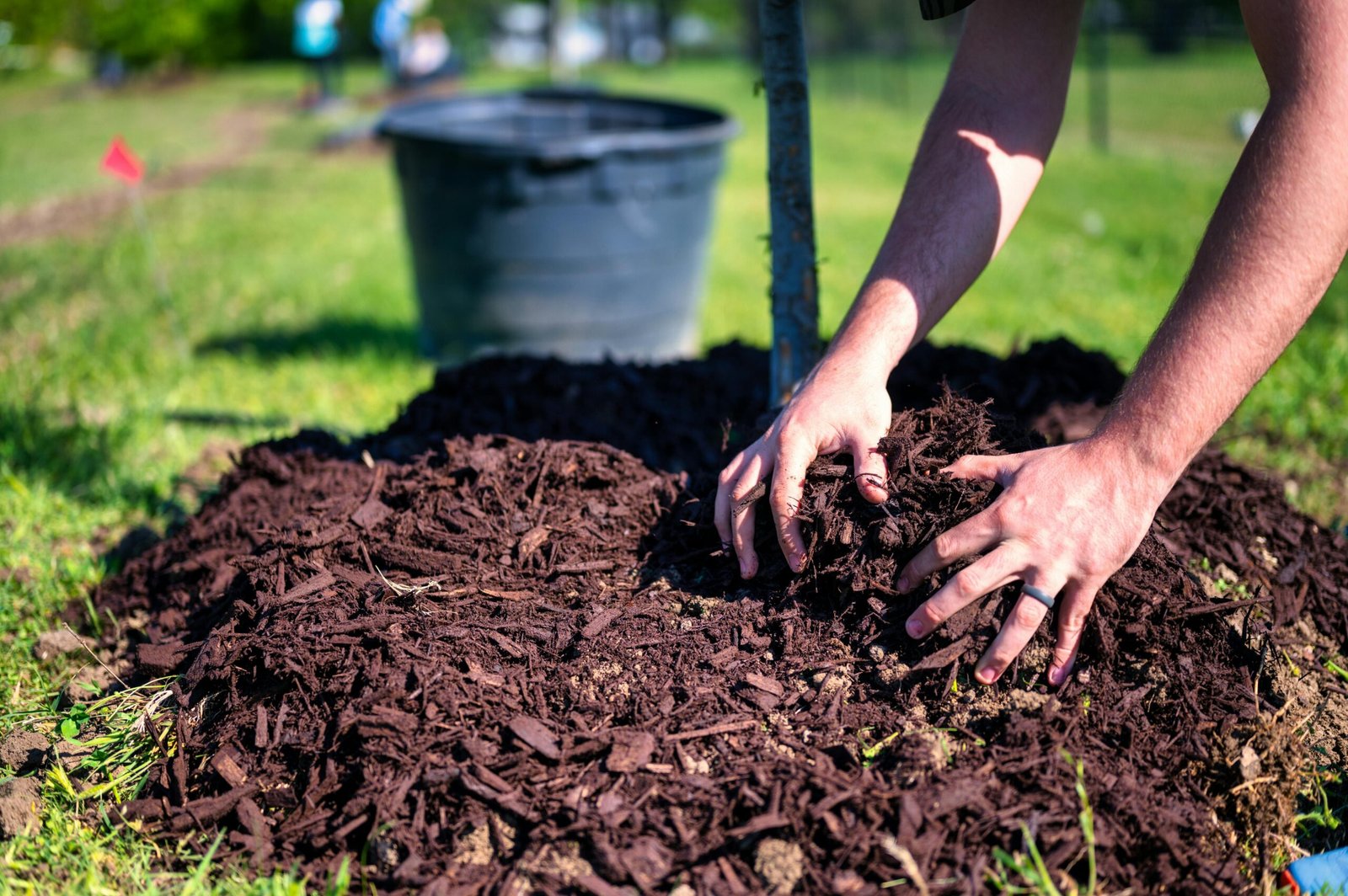
Alternative Uses for Old Seed Packets
Sometimes, old seed packets can find new life in creative and resourceful ways:
DIY Seed Tape
Transform old seed packets into custom seed tape. By attaching seeds to strips of biodegradable paper, you can create precise plant spacing for easy sowing. It’s a handy solution for tiny seeds like carrots or lettuce, ensuring optimal growth and minimizing seed wastage.
Creative Seed Art
Let your artistic flair shine by incorporating old seed packets into craft projects. Whether you’re making greeting cards, scrapbooks, or garden-themed artwork, these colorful packets can add a charming touch and a botanical vibe to your creations.
Crafting with Seed Packets
Old seed packets make delightful additions to DIY projects. From seed packet garlands for garden parties to decoupage projects that breathe new life into old furniture, there’s no shortage of ways to repurpose these packets creatively.
The Sustainability Aspect
Embracing sustainability in seed management not only revitalizes your garden but also contributes to a greener world.
Reducing Seed Waste
Avoiding seed waste is paramount. By breathing life into old seed packets, you reduce the need for new purchases and minimize waste. It’s a small yet impactful step toward sustainable gardening.
Sharing Seeds with Fellow Gardeners
Sharing seeds within your gardening community fosters a sense of camaraderie and reduces the demand for commercially produced seeds. This practice enriches biodiversity and encourages the exchange of diverse plant varieties.
Supporting Local Seed Banks
Local seed banks play a pivotal role in preserving heirloom and rare varieties. By supporting them, you contribute to safeguarding genetic diversity and ensuring the availability of unique seeds for future generations. It’s a sustainable legacy to leave for the Earth and fellow gardeners alike.
Success Stories and Inspirations
Gardeners’ Experiences
There’s nothing quite as motivating as hearing the tales of fellow gardeners who have successfully rejuvenated their old seed packets. Their experiences, filled with challenges and triumphs, serve as a wellspring of knowledge and encouragement for those embarking on a similar journey.
Before-and-After Transformations
The visual impact of rejuvenating old seeds is awe-inspiring. Witnessing the transformation of withered seeds into thriving plants showcases the remarkable resilience of nature and ignites the imagination. These before-and-after snapshots of the gardening process serve as tangible proof of the power of determination and care.
Celebrating the Beauty of Rejuvenated Seeds
Each successfully rejuvenated seed is a testament to the potential hidden within the seemingly lifeless. Celebrating the beauty of these revitalized seeds isn’t just about aesthetics; it’s about acknowledging the magic that happens when we nurture the Earth’s offerings. It’s a celebration of life, growth, and the enduring connection between humans and the natural world.
Your old seed packets may have aged, but their potential for new life remains. By understanding the intricacies of seed viability, adopting proper storage techniques, and following expert advice for rejuvenation, you can unlock a world of possibilities in your garden.
With each revived seed, you embark on a journey of growth, discovery, and the timeless joy of nurturing life from the earth. So, dust off those old seed packets, embark on this rejuvenation adventure, and witness your garden flourish like never before. Together, let’s revive, reuse, and grow!
